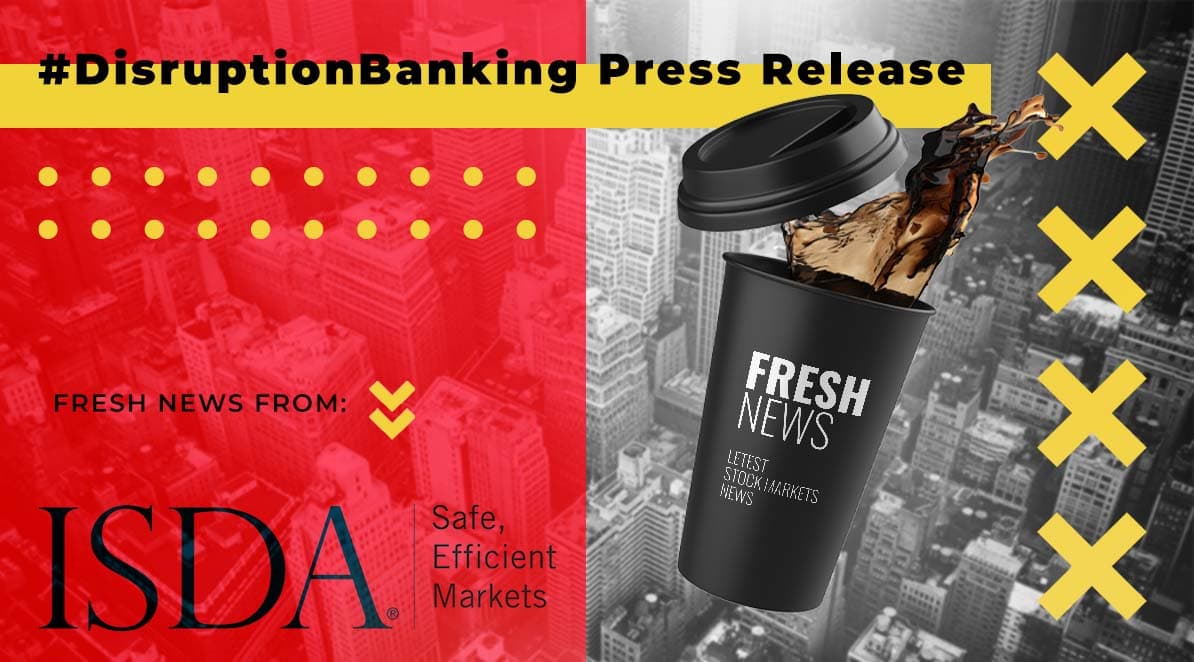The recent money laundering scandal involving Danske Bank, Denmark’s biggest lender, shocked the financial world. As it attempts to rebuild its reputation, the bank has engaged the services of Featurespace, the world’s leading provider of adaptive behavioural analytics technology for fraud and risk management.
Pressure for a reform from and of the financial industry have pushed Danske to quickly seek fintech solutions, and following an extensive research process the bank signaled the turning of a new leaf with the hiring of expert fraud prevention software Featurespace.
Featurespace is known for having built the world’s first Adaptive Behavioural Analytics engine – the ARIC platform – to solve this challenge of creating strong enough anomaly detection technology.
DisruptionBanking sits down with CEO Martina King to learn more.
Congratulations on being hired as a service provider for such a big client. Are you able to tell us about what sort of services you intend to provide, and how you hope to turn things around?
After a very thorough vetting process, Danske Bank selected us to mitigate their card fraud exposure and safeguard online channels. To be fair, fraud is an industry agnostic, a global issue. Whenever two entities exchange money, they’re at risk and criminals that seek to commit fraud typically have the upper hand, as they’re on the offensive and are constantly testing defences for weaknesses. Our technology helps even the playing field for our clients – which are some of the world’s largest banks, payment processors and merchant acquirers – by monitoring individual behaviours to determine what’s normal and what’s anomalous. Having a comprehensive profile of what a good customer looks like allows you to quickly identify suspicious behaviours and stop the attacks before the damage is done.
What other companies in finance and tech do you work with, and in what capacity do you provide support?
Our clients include more than a dozen top tier international banking and payments companies, including Worldpay and TSYS. Collectively, they benefit from our cutting-edge machine learning technology and our experienced fraud experts; we support their businesses by reducing fraud losses, customer friction and the operational costs associated with fighting fraud.
That being said, we didn’t begin with such a diverse portfolio. Our first client was gaming specialist Betfair and we are grateful because it was through our work with them that we discovered how much our technology could help companies reduce fraud with the most advanced adaptive behavioural analytics whilst also creating revenue opportunities. And it was through the expansion of our client base that we saw the opportunity to grow our operational footprint and enter the U.S. market from the U.K.
It’s worth noting that in that transition, we’ve seen the nuances between the two markets, especially when we can take what we learned from our point of origin in Cambridge University and apply it to today’s issues and in such an effective way.
What, in your experience or opinion, are the greatest challenges in this sector experienced by banks?
Whilst fraud is a major pain point, the issue of false positives aggravates things tremendously. Banks are facing an enormous uphill battle in the scale and frequency of attacks and the rules they’ve traditionally relied on aren’t sophisticated enough to discern actual fraud from a genuine customer’s atypical behavior. In the effort to limit fraud losses as much as possible, these rules also inadvertently prevent a sizable portion of good transactions from getting through and when you take into account how many transactions banks are processing, the impact becomes clear. It’s a problem that quickly becomes very costly, both financially and reputationally.
In your opinion what have been the most influential and illuminating events in banking over the past 5 years and why?
I think the pace of innovation will continue escalating and fuelling the evolution of customers’ expectations for convenience. We’re already seeing the impact that mobility is having and the influx of digital and app-only experiences will place more power in the individual customer’s hands. It’s driving the demand for frictionless and as that continues, there will be a concerted effort to go-to-market faster, without opening the door to fraud.
Which challenges and industry issues do you feel are the most important to discuss during the Money 20/20?
The same innovation that is making things more convenient for consumers is also creating a host of new vulnerabilities. Cross-channel risk exposure is a major issue because it’s providing criminals with more tools to commit fraud. And these are very smart and sophisticated people with bad intentions, which makes the fight that much harder.
Thinking like a criminal doesn’t come naturally to most of us, so the defences against their behaviours are often reactionary instead of preventative. But machine learning and AI are more than just popular buzzwords today; they’re influencing how the industry approaches mitigating fraud and also how fraud prevention is perceived. It used to be a cost center, but now we’ve found a way to operationalize it so that it brings in additional revenue.
The discussion around how we can outsmart risk is critical to the industry’s ability to continue innovating. We’re never going to eliminate 100 percent of the fraud that occurs, so we need to equip ourselves for a continuous fight against an amorphous threat.
And finally, what is the significance behind the name Featurespace?
It’s a play on a technical term that’s often used in machine learning. Basically, a feature is a quality or attribute that’s identified from a data set for a machine learning system to learn from. In fraud, a feature could be the value of a transaction or the specific time that a transaction takes place. Those are just two examples, but all of the features are collectively projected into a “space” and then an algorithm is used to determine, based on the features in the space, if each individual transaction is fraudulent or legitimate.















